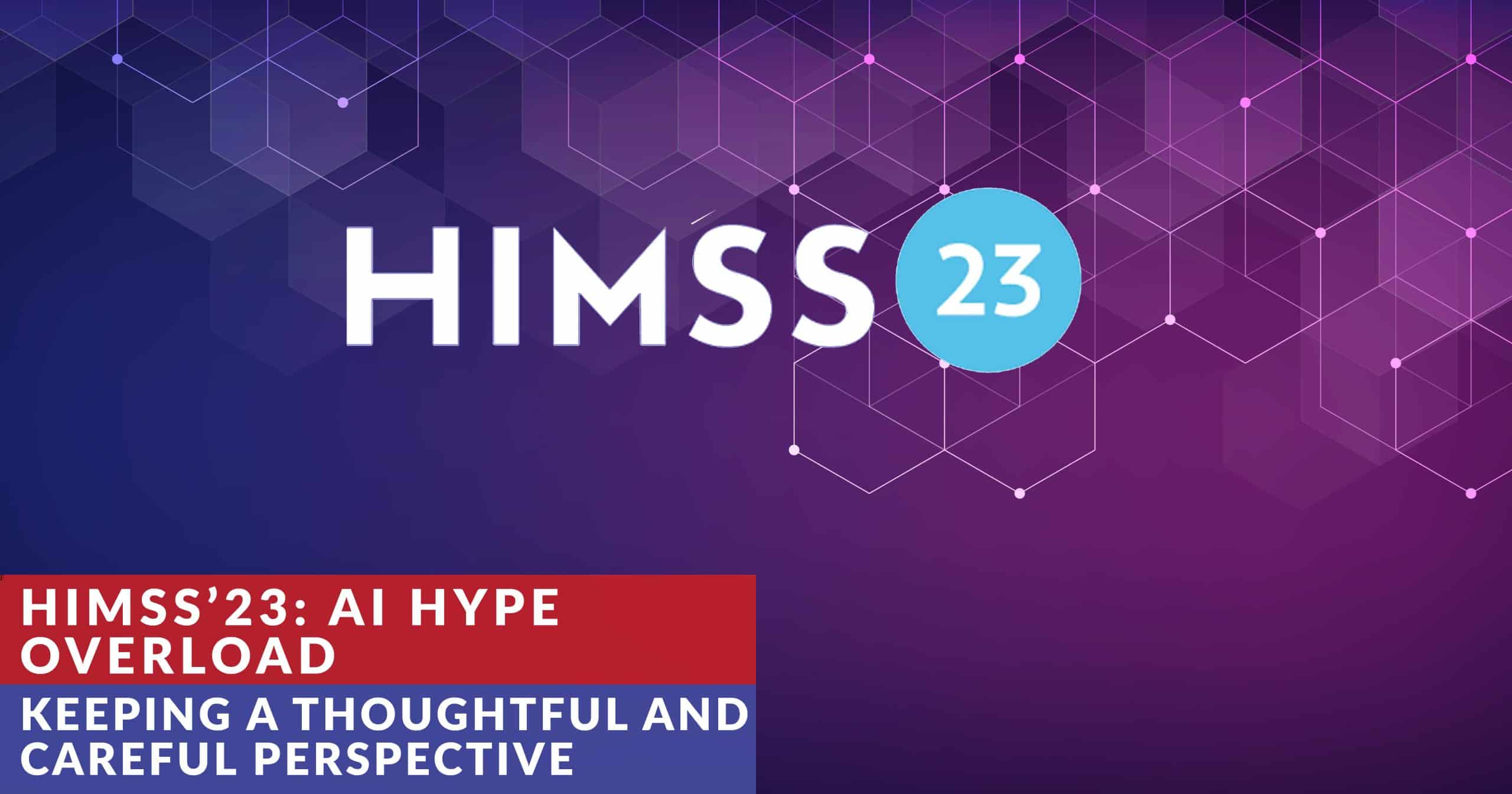Back at the beginning of the year, I did a Top Ten Predictions post where one of the predictions was the continued struggles of Regional Health Information Organizations (RHIOs) and the steady rise of Health Information Exchanges (HIEs). Since much of the ballyhooed National Health Information Network (NHIN) is built upon the premise of RHIOs and their success, the NHIN is basically dead in the water.
Sure, NHIN supported by RHIOs is a great and grand vision, but that is about it – a great and grand vision created by policy folks in government (and their academic counterparts) that has little basis in reality. That divorce from reality stems from a lack of a true, justifiable business case. There is simply no compelling business reason for the vast majority of health industry stakeholders to invest in RHIOs. (Note: those that have invested in RHIOs are most often doing it for political reasons, not business ones.)
This is not the case for HIEs. These networks are created by entities, typically large hospitals, that do have a compelling business reason (one reason: encourages referrals to their hospital) to share health information within a network of business partners (their provider network). This is quite similar to a supply chain network within the manufacturing sector. In manufacturing its about sharing bills of materials, design drawings and the like to accelerate time to market. For hospitals its about delivering value to smaller practices, most often giving a physician a window into the HIE host’s EMR to facilitate care and insure referrals. The August cover story of the publication Health Data Management has an excellent story that goes into greater details on why HIEs are growing in popularity.
It is an expensive and time consuming endeavor to build these HIEs. RHIOs, well, there are another order of magnitude more difficult to accomplish and likewise costly to support. And let’s not even begin thinking about NHIN – that is one vision that is at least a decade away, if not longer.
How might we move the proverbial ball forward?
First, discontinue investing federal/state funds into RHIOs.
Second, redirect energies (not necessarily funding) towards supporting HIEs.
Support for HIEs can come in multiple forms, but maybe a tax break or rebate to the sponsoring entity of an HIE is possible with some caveat to the effect that th HIE will support open, interoperable standards. This will insure that the HIE will be capable of participating in a broader entity e.g. RHIO and further down the road the NHIN. Taking this approach will provide a logical, stepwise strategy to growing the connections towards a nationwide network that begins at a very local level delivering incremental value every step along the way.




Right on. Financial sustainability must be the focus. Grantmanship takes the focus off this goal.
HIEs can be profitable. They are the only vehicle to attack chronic illness.
I admit that I have nodded along in quite a few conversations about RHIOs and never been quite clear on what they are, so I would be totally fine with their demise. However, I do want to understand the differences between RHIOs, HIEs, and further, how do groups like PatientsLikeMe, ACOR, Braintalk, and other expert patient communities fit in? Aren’t those essentially Health Information Exchanges about specific conditions, unbounded by regional concerns/constraints? Are those sites/communities/orgs discussed at policy meetings as another way to improve quality of care (albeit without financial reward to the participants)?
Susannah,
You raise some good questions here which I will attempt to answer below in the order in which thy were asked:
1) To understand the differences and similarities of these various health information environments, one needs to look at who is the sponsoring org, what is their motivation(s), etc. RHIOs are typically quasi-public non-profits, relying on grants for funding to create health information (clinicals) sharing networks within a region – focus is sharing of that information among professionals (i.e., the physician/provider community) and very little to do with the consumer. HIEs are very similar (share info among docs) but are supported by a large entity, typically an anchor IDN/lg hospital. As I stated in the post, HIEs are created because there is a financial incentive/motivation. Then we have the communities (MedHelp, Braintalk, ACOR, etc.) which target consumers, there is little if any direct clinical data (clinical notes, images and lab results) shared within these communities with virtually all data being unstructured text – it is more experience sharing that clinical data sharing.
2) So yes, these consumer focused communities are about exchanges of information on specific conditions, but this information is experiential and by and large not real clinical data. As communities are unstructured data, they are difficult to use for clinical applications. But there are exceptions such as PatientsLikeMe where they do have some structured data inputs.
3) I have sat in on discussions/webcasts sponsored by HHS and other govt. entities where social networks and communities are discussed. There is general agreement that these sites do provide value and can be extremely useful for those trying to manage a chronic disease. But these communities are not all that useful to a clinician who relies on data from labs, images and the like and direct communication with the consumer/patient.
That being said, it would make a fascinating study to look closely at these communities to determine what contribution(s) they have made to improving outcomes. To date, I have only seen a lot of hand waving and thin circumstantial evidence that would not stand up to closer scrutiny. If there is a good study out there I would love to see it. Please send it my way or provide a link.